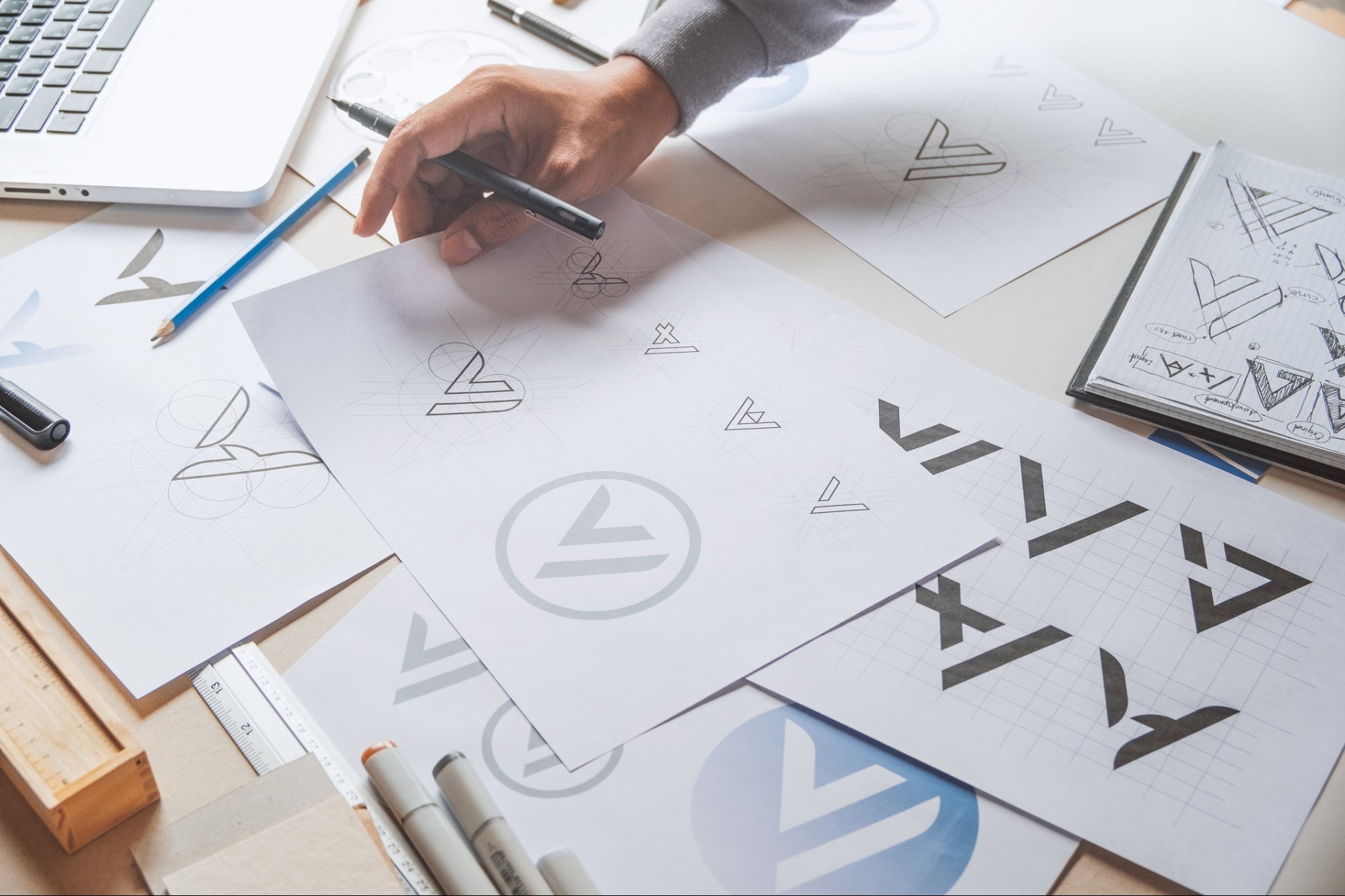Opinions expressed by Entrepreneur contributors are their own.
Mention the terms ‘brand’ or ‘branding’; most non-marketers will think of iconic logos. Brands like Coca-Cola or Apple may come to mind, or the Ferrari horse. These three brands have one thing in common: all benefit from a strong visual identity.
Anyone coming across their logo and other visible representations of the brand will automatically understand which company these images refer to. While brands are more than their visual identities, it would be wrong to understate the importance of logos and other elements for brand recognition.
While designs continue to vary widely between leading brands and those just starting, one trend has recently dominated brand identity design — a tendency to simplify their visual identities. As more brands overhaul their appearance, one overarching goal unifies their efforts. They are all looking for a more recognizable and more memorable brand image.
The benefits of simplifying visual identities
Before taking a closer look at the benefits of simpler visual identities, it is worth clarifying what we mean by the term. Visual identities are more than company logos. They are visible representations of a brand, including colors used on the company website, on social media channels, in the design of physical stores, and as part of the organization’s suite of logos.
For small businesses, having a logo and choosing one or two company colors may be sufficient. However, the larger an organization is, the more likely the company is to have a visual identity comprised of a range of elements. In those cases, marketers usually develop brand manuals to ensure consistent use.
But why simplify visual identities? Here are some of the main reasons:
- Instant recognition
- Stronger emotional connection
- Greater trust in a brand
Visual identities have the power to make a brand instantly recognizable. The simpler a logo or other element is, the quicker customers can memorize and identify it. This has never mattered more than today. On average, Americans see between 4,000 and 10,000 adverts per day. That amount has doubled since 2007 and increased five-fold since the 1970s. Simplifying visual identities allows brands to cut through the noise and be noticed by consumers.
Consistent, clear visual identities inspire trust in a brand and strengthen brand awareness among different audiences. This trust forms the basis of an emotional connection between the consumer and the company, supported by a strong visual identity. The proof is in the company’s bottom line: more than 50% of consumers tend to spend more with brands with which they have that connection.
Related: How to Build a Brand Identity That Creates a High-Value Company
Case studies
Simplifying a brand’s visual identity can make the difference between being instantly recognizable or leaving customers guessing. Here are some of the brands that recently chose to make their businesses more visible:
- Pinterest and Airbnb went from having cursive logos to using clearer fonts. Both brands also added a visual element that can be used as a standalone icon.
- Payment facilitator Klarna, ride-hailing app Uber and even search engine giant Google also simplified the fonts used for their logos to achieve a sleeker, more modern look.
- Coca-Cola may not have revolutionized its font or logo, but its marketing materials and packaging have become simpler in recent years, keeping a classic brand looking fresh.
Related: How Brands Can Use Authenticity and Emotional Connection to Stand Out Online
Best practices for visual identity simplification
Perhaps except for Coca-Cola, the brands above all depend on a solid online presence. They need to be instantly recognizable on several platforms, not only by their name but also by the smaller visual representation of that name. As a result, Pinterest and Airbnb added a symbol to their logo.
Those symbols are now used as identifiers at the top of browser tabs or as the equivalent of profile pictures. Google and Klarna simply chose to use the first letter of their brand name for that purpose. How is this best practice? Very few brands today exist without an online presence. Building a visual identity needs to consider all necessary elements to represent the brand.
Other best practices include:
- Starting with mobile-first designs. Mobile devices generate a large percentage of the world’s internet traffic with smaller screens. The simpler a brand’s visual identity I, the easier it becomes to recognize it on a smaller screen
- Choosing no-frills, sans-serif fonts. These fonts may initially seem boring, but they usually stand the test of time better than more playful fonts, and they will mature with your business as it grows and develops.
- Leaving room for change. Overly detailed brand identities may restrict the company’s activities. A simpler, more generic appearance allows the business to change course without needing immediate re-branding.
Challenges of visual identity simplification
Can the simplification of brand visual identities go too far? Yes, it is possible to oversimplify the appearance of a brand.
The dangers include losing its identity and creating a brand indistinguishable from its competitors. Looking at some of the case studies above, it is already evident that simplified brand identities cause brands to look more alike.
Brand marketing teams need to simplify visual identities without giving up on brand personalities. Otherwise, the simplification process can be detrimental to the brand. Strong visual identities allow customers to see instantly what the brand is all about and how it aligns with their values.
Simple yet strong visual identities are crafted from clear brand identities. They consider the brand’s story, basic design principles and remain aware of the different media where elements of the visual identity will be displayed. These outstanding visual identities combine brand personality, consistency and simplicity in equal measures to have a memorable impact on customers.
